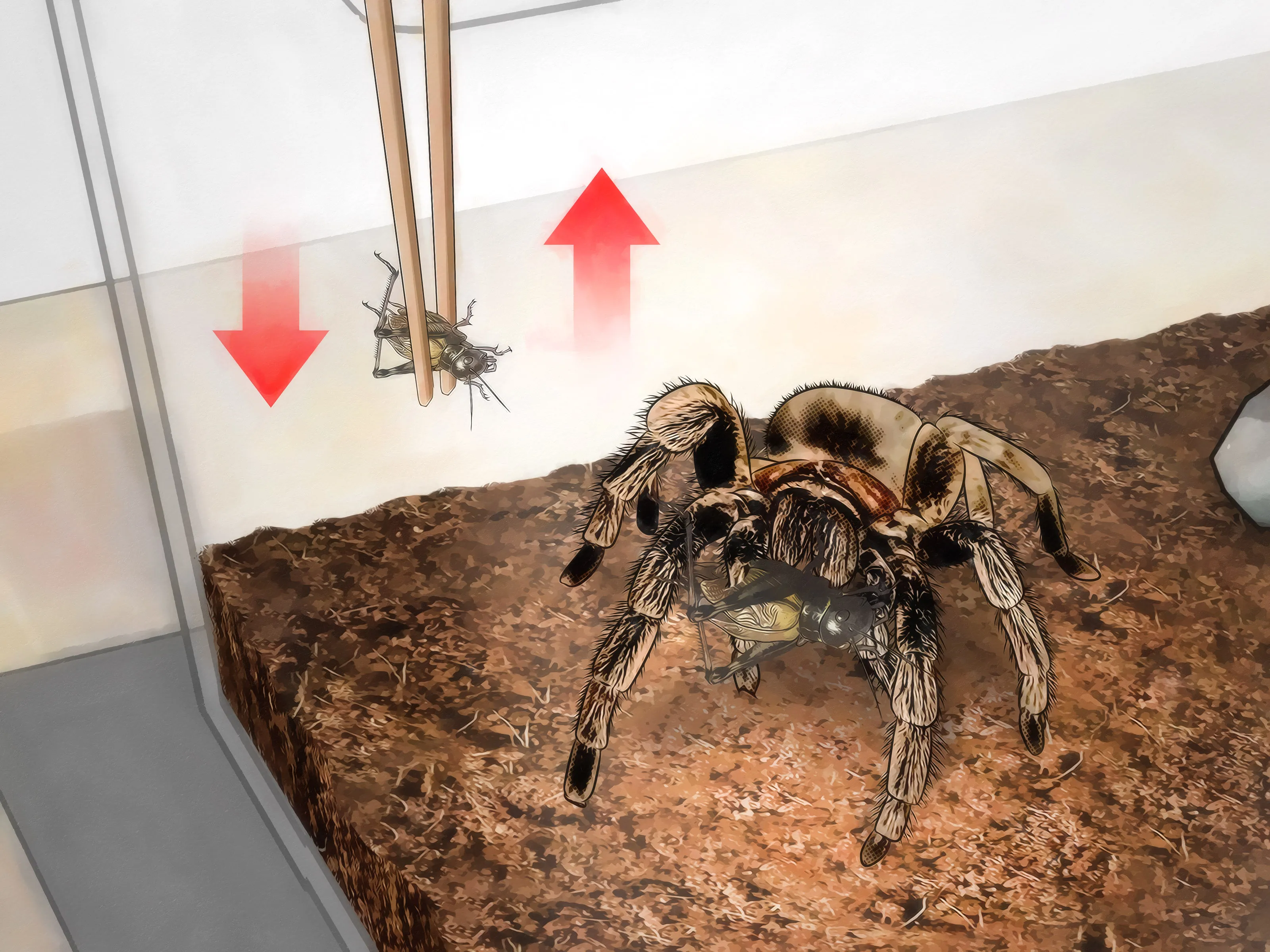What Do Tarantulas Eat
Understanding tarantula alimentacion is crucial for keeping your pet healthy and happy. These fascinating creatures have specific dietary needs, and providing the right food is essential for their well-being. This guide will break down everything you need to know about what tarantulas eat, how often to feed them, and how to ensure they receive proper nutrition. A well-fed tarantula is a thriving tarantula, and we’ll cover all the key aspects of their diet, from the types of insects they prefer to the importance of water and hydration. Whether you’re a new tarantula owner or looking to refine your feeding practices, this guide offers valuable insights to help you master tarantula alimentacion.
Insects as Primary Food
Insects form the cornerstone of a tarantula’s diet. In the wild, tarantulas are opportunistic predators, primarily feeding on insects and other invertebrates they can overpower. In a captive environment, you’ll need to provide a consistent supply of appropriate insect prey to meet their nutritional requirements. The choice of insects and how you prepare them for your tarantula significantly impacts their health. Ensuring your tarantula gets a balanced diet of the right insects is vital for their growth, molting, and overall health. It’s also important to know that tarantulas have different preferences; some might favor certain insects over others, so offering a variety can be beneficial.
Types of Insects
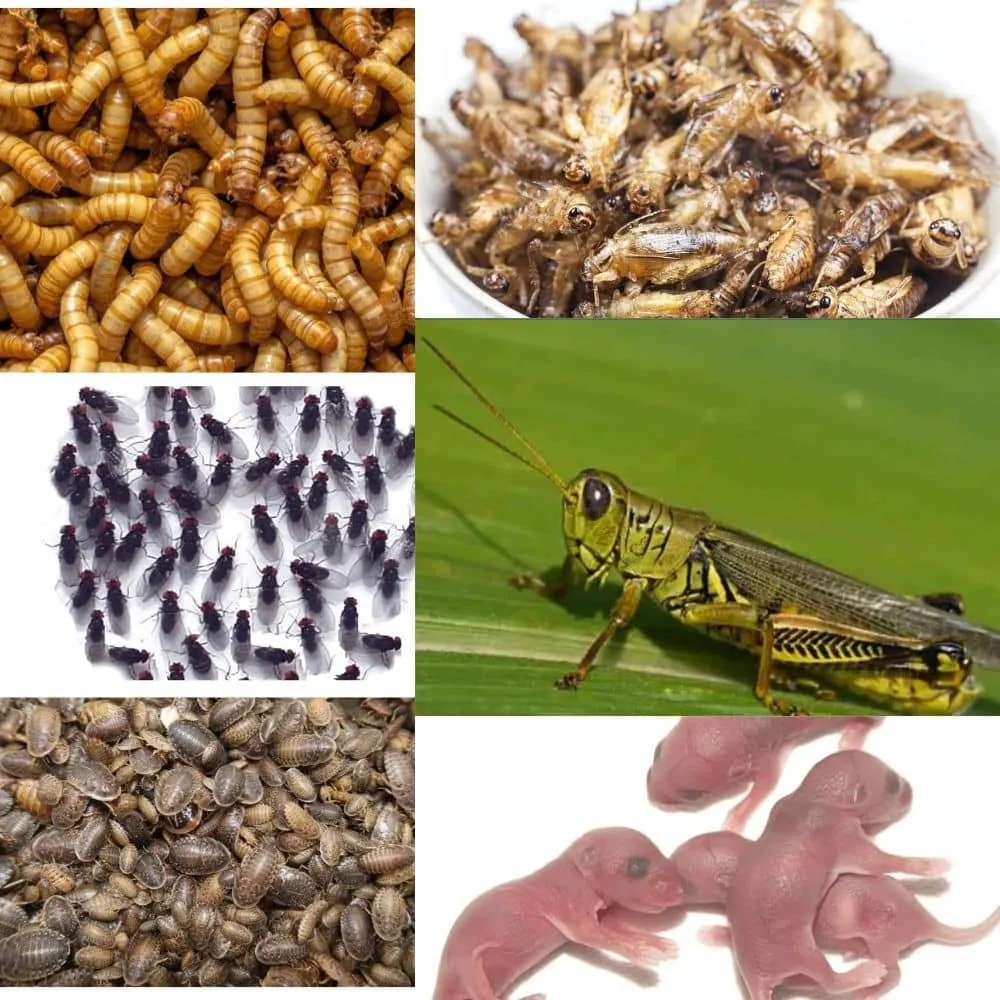
Several types of insects are suitable as tarantula food. Crickets are a popular and readily available option, typically found in pet stores. Mealworms and superworms are also commonly used; however, they have a higher fat content, so they should be given in moderation. Roaches, such as Dubia roaches, are another excellent choice due to their high nutritional value and ease of care. When selecting insects, prioritize those that are gut-loaded, meaning they’ve been fed nutritious food prior to being offered to your tarantula. This practice enhances the nutritional value of the insects, providing your tarantula with essential vitamins and minerals. A varied diet, which incorporates different insect types, is also beneficial to maintain overall health. Consider rotating between crickets, roaches, mealworms, and other insect varieties to ensure your tarantula receives a balanced diet.
Insect Size
The size of the insects you offer should correspond to the size of your tarantula. As a general rule, the insect should be no larger than the tarantula’s body (excluding legs). For spiderlings and smaller tarantulas, you might offer fruit flies, small crickets, or pinhead crickets. For juvenile and adult tarantulas, larger crickets, roaches, or mealworms are appropriate. Overly large insects can pose a danger, as they may injure the tarantula during a feeding attempt. It’s always better to err on the side of caution and offer smaller prey items, especially when starting. Regularly monitor your tarantula’s feeding behavior to ensure they can successfully capture and consume their food. If the insect appears too large or the tarantula struggles, consider providing smaller prey for better tarantula alimentacion.
Prey Preparation
Prey preparation plays a vital role in tarantula alimentacion. Before feeding insects to your tarantula, it’s important to ensure they are properly gut-loaded. Gut-loading involves feeding the insects a nutritious diet, typically consisting of vegetables, fruits, and commercial insect food, for at least 24 hours before offering them to your tarantula. This process significantly increases the nutritional value of the insects, providing essential vitamins, minerals, and hydration. Additionally, lightly dusting the insects with a calcium and vitamin D3 supplement can further enhance their nutritional value, promoting healthy growth and molting. Preparing the insects this way maximizes the health benefits they offer your tarantula, supporting a balanced and nutritious diet.
Live vs. Pre-killed Prey
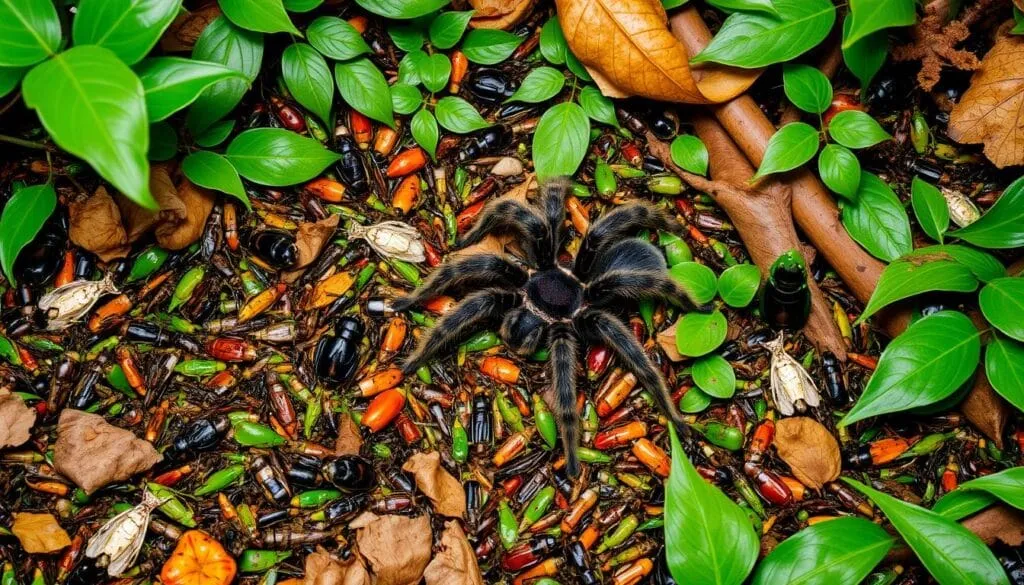
You can feed your tarantula live or pre-killed prey, with pros and cons for each method. Live prey provides the natural hunting experience that can stimulate your tarantula’s instincts. However, live prey might injure your tarantula if they are not immediately captured. Pre-killed prey removes this risk, making it a safer option, especially for smaller tarantulas or those that are less experienced hunters. To pre-kill prey, you can either crush the insect’s head or freeze it briefly. Always ensure the prey is still fresh and has not been dead for too long before offering it. Some tarantulas may initially prefer live prey, but they can be trained to accept pre-killed food. Ultimately, the choice between live and pre-killed prey depends on your personal preferences and your tarantula’s specific needs and behavior.
Frequency of Feeding
The frequency of feeding your tarantula depends on its age and size. Spiderlings and juveniles require more frequent feedings than adult tarantulas. Proper tarantula alimentacion ensures they receive the required energy for growth and development. Overfeeding can lead to various health issues, including obesity, while underfeeding can stunt growth. It is therefore important to follow a feeding schedule that is appropriate for the age of the tarantula. Regularly observing the spider’s abdomen can also indicate its overall health. If the abdomen is significantly large, it might be best to reduce the feeding frequency.
Feeding Schedule for Spiderlings
Spiderlings, the youngest tarantulas, are in a rapid growth phase and need frequent feeding. They should be fed every other day or every three days, offering appropriately sized insects. Monitor the spiderling’s abdomen; it should appear plump but not overly distended. Overfeeding spiderlings can lead to health problems. Be sure to provide a small water source, such as a shallow water dish, to ensure they stay hydrated. Regular feeding, along with monitoring, is crucial to support their growth and development during this stage.
Feeding Schedule for Juveniles
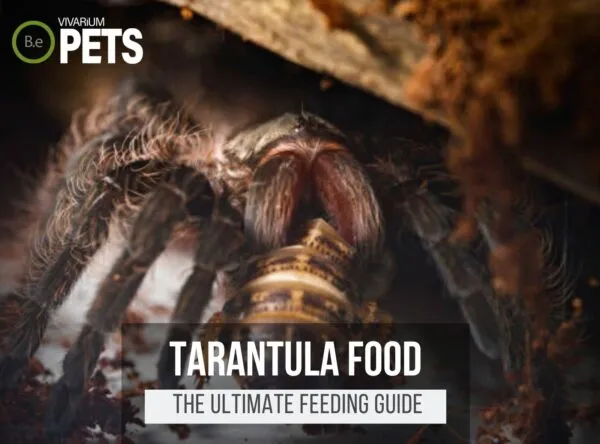
Juvenile tarantulas, as they grow, need a feeding schedule that balances growth with the risk of overfeeding. Feed juvenile tarantulas approximately once or twice a week. Adjust the feeding frequency based on the individual tarantula’s appetite and the size of the abdomen. The abdomen should be nicely rounded, indicating a healthy weight. If the abdomen appears too large, reduce feeding; if it appears thin, you might increase the frequency slightly. It’s crucial to provide an appropriate feeding schedule to support healthy growth and prevent potential health issues from overfeeding.
Feeding Schedule for Adults
Adult tarantulas require feeding less frequently. They can usually be fed once every one to two weeks. Some adult tarantulas may even eat less often, depending on their individual metabolism and the size of their meals. It’s important to adjust the feeding schedule according to the tarantula’s appetite and the condition of its abdomen. A well-fed adult should have a moderately sized abdomen. Avoid overfeeding, as this can lead to health problems. Monitoring their overall health, including activity levels, and making adjustments as necessary is important. Adult tarantulas can also go for extended periods without food, particularly if they are close to molting.
Water and Hydration
Water is as important as food in tarantula alimentacion. Tarantulas require a constant supply of fresh water to stay hydrated and healthy. Dehydration can lead to various health issues and even prove fatal. Providing water is a basic aspect of tarantula care, and ensuring your pet has access to clean water is crucial. Regularly checking and refilling the water source is a necessary part of tarantula care and is essential for their overall well-being.
Water Dish for Tarantulas
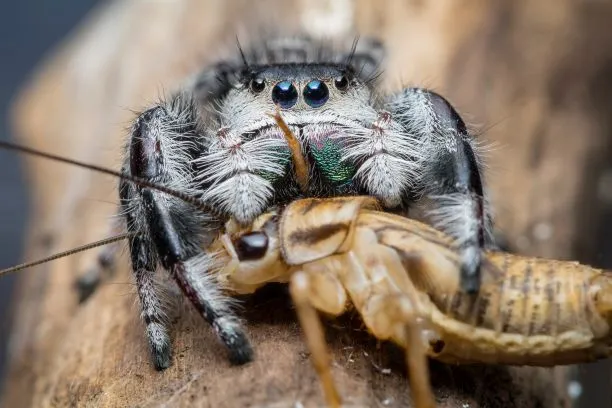
A shallow water dish is essential for providing water to your tarantula. The dish should be shallow enough to prevent the tarantula from drowning, especially for smaller species. You can use a bottle cap, a small dish designed for reptile care, or a similar container. Place the water dish in the enclosure and regularly check and refill it with fresh water. The dish should be easily accessible for the tarantula, allowing them to drink as needed. The water should also be cleaned regularly to prevent the growth of bacteria and maintain its freshness. Providing a proper water source is a non-negotiable part of ensuring tarantula alimentacion and overall health.
Importance of Water
Water is vital for a tarantula’s health and well-being. It aids in digestion, molting, and overall bodily functions. Dehydration can cause lethargy, poor appetite, and even death. Make sure to provide a constant supply of fresh, clean water in a shallow dish. You should also consider the humidity levels in your tarantula’s enclosure; some species thrive in higher humidity environments, which also aids in hydration. Regularly misting the enclosure, especially for tropical species, can also help maintain proper hydration. Monitoring your tarantula’s behavior for any signs of dehydration, such as sluggishness or difficulty molting, can help you determine whether adjustments to their care are needed. Providing adequate hydration is crucial to the tarantula alimentacion and overall health of your pet.
Handling and Feeding
Handling tarantulas should be minimized, as it can stress them and potentially lead to bites. However, understanding the best practices during feeding time is crucial. Proper handling during feeding ensures the tarantula can consume its meal safely and comfortably, while minimizing any potential risks. Always be cautious and prepared when interacting with your tarantula.
Safety Precautions
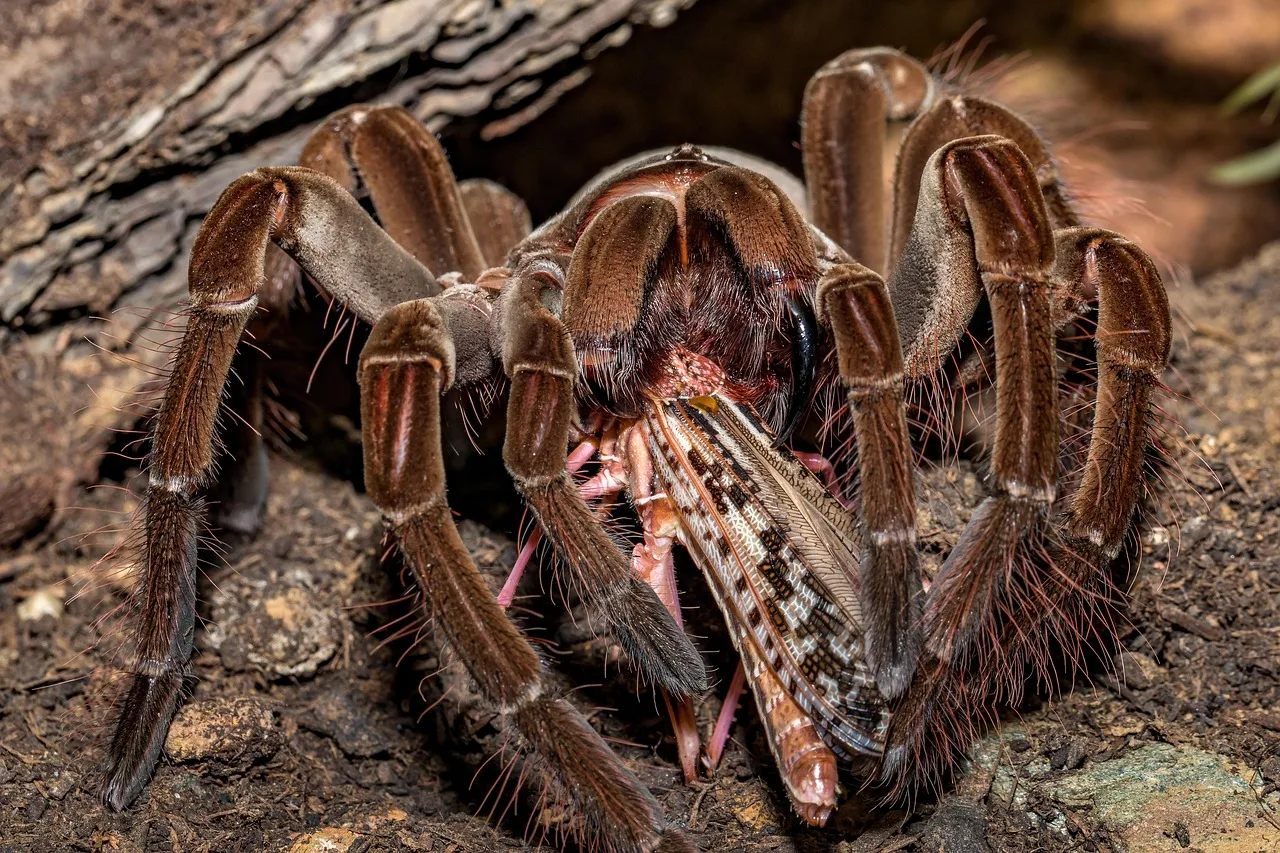
Safety precautions are essential when handling tarantulas during feeding. Avoid putting your hands directly into the enclosure unless absolutely necessary. Use long tongs or tweezers to offer food, keeping your hands a safe distance from the tarantula. Make sure you are in a well-lit area to maintain visibility. Be aware of the tarantula’s temperament and its potential to react. Some tarantulas may be more defensive than others. Keep the enclosure secure to prevent any escape during feeding, and be prepared to act quickly if the tarantula shows signs of aggression. If your tarantula is known for being skittish, consider feeding it in its enclosure, and do not try to handle it immediately after feeding. By observing these safety measures, you can safely and effectively provide the needed tarantula alimentacion.
Observation During Feeding
Observing your tarantula during feeding can provide insights into its health and behavior. Watch how it reacts to the prey, its hunting behavior, and how eagerly it consumes the meal. If the tarantula is not eating, it could indicate that the tarantula is about to molt or is not feeling well. The observation can help you adapt to its feeding habits and needs. Monitor the speed with which it eats, and the amount of food it consumes. If your tarantula consistently refuses food, it might be a sign of an underlying health issue. Observing your pet during feeding is a critical part of responsible tarantula alimentacion. Additionally, maintaining a detailed log of feeding habits and observations can assist in tracking its health and identifying any irregularities.
Common Feeding Mistakes
Avoiding common feeding mistakes can keep your tarantula healthy. Overfeeding, underfeeding, and improper food handling can negatively affect their health and well-being. Being aware of these common pitfalls and knowing how to prevent them is vital for ensuring successful tarantula alimentacion.
Overfeeding
Overfeeding is a common mistake. Feeding tarantulas too frequently, or giving them prey items that are too large, can lead to obesity, which can shorten their lifespan and increase the risk of other health problems. Regularly monitor the abdomen size. If the abdomen is very large and round, reduce the frequency and/or size of the feedings. It is better to feed less frequently and provide smaller prey items. Consider that tarantulas may go weeks without eating and are adapted to intermittent feeding patterns. Carefully follow a suitable feeding schedule that matches the age and species. Maintaining a healthy feeding schedule is an important part of tarantula alimentacion.
Underfeeding
While overfeeding can be detrimental, underfeeding can also have negative consequences. A tarantula that is not getting enough food may become lethargic, and their growth might be stunted, leading to poor health and even difficulties during molting. Ensure the tarantula has a consistent food supply. The ideal frequency varies based on the tarantula’s age and species, but juvenile and growing tarantulas need more food. Regularly monitor your tarantula’s abdomen, and note their activity levels to assess whether they are being properly fed. If the abdomen appears too thin and the tarantula is not showing interest in food, you may need to adjust its feeding schedule accordingly. Proper tarantula alimentacion is necessary to avoid this issue.
Food Leftovers
Leaving uneaten prey in the enclosure can pose a health risk. The insect can stress or even potentially harm the tarantula. The uneaten food can also attract mites and other pests, which can become another health threat. Remove any uneaten food within 24 hours after feeding. Regularly clean the enclosure to ensure it remains a clean and healthy environment for your tarantula. Cleanliness is another key element of responsible tarantula alimentacion.
Health and Diet
A healthy diet contributes to the overall well-being of your tarantula. Molting, which is a critical process for tarantula growth, requires adequate nutrition. Proper tarantula alimentacion directly impacts the spider’s ability to molt successfully. By paying close attention to your pet’s diet and health, you can improve the likelihood of its long-term health.
Molting and Feeding
Molting is a natural process in which a tarantula sheds its exoskeleton to grow. During this time, they are vulnerable. Before molting, tarantulas often stop eating. Avoid feeding during molting. Provide water, but do not disturb the tarantula. After molting, the tarantula’s new exoskeleton will be soft. Wait several days before feeding, allowing the exoskeleton to harden fully. Reintroducing food too early may be harmful. Proper diet and care are important for successful molting.
Signs of a Healthy Tarantula
There are several signs of a healthy tarantula. A healthy tarantula is active, alert, and has a well-rounded abdomen that is not too large or too small. A healthy tarantula also shows good eating habits. They should readily take food when offered. Look for a shiny and intact exoskeleton. A healthy tarantula will move confidently, and they will not show signs of lethargy. A healthy enclosure, which provides the correct temperature, humidity, and a clean environment, is another sign of a healthy tarantula. Regularly observe your tarantula to check for signs of health issues. With this information you can provide the right tarantula alimentacion.
